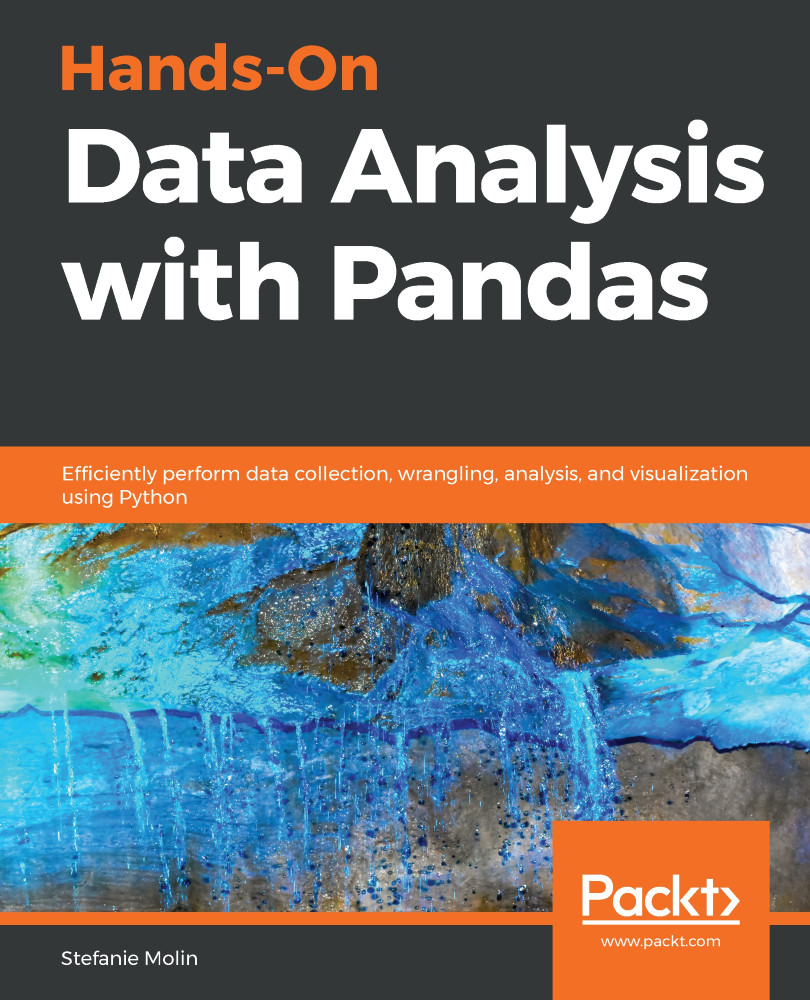In this chapter, we will continue our discussion of data wrangling from Chapter 3, Data Wrangling with Pandas, by addressing the enrichment and aggregation of data. This includes essential skills, such as merging dataframes, performing window calculations and aggregations, creating new columns, and changing the possible values of the columns. Calculating aggregations and summaries will help us draw conclusions about our data.
We will also take a look at the additional functionality pandas has for working with time series data beyond the time series slicing we introduced in previous chapters, including how we can roll up the data with aggregation and select it based on the time part of our datetimes. Much of the data we will encounter is time series data, hence being able to effectively work with time series is paramount. Of course, performing these...


